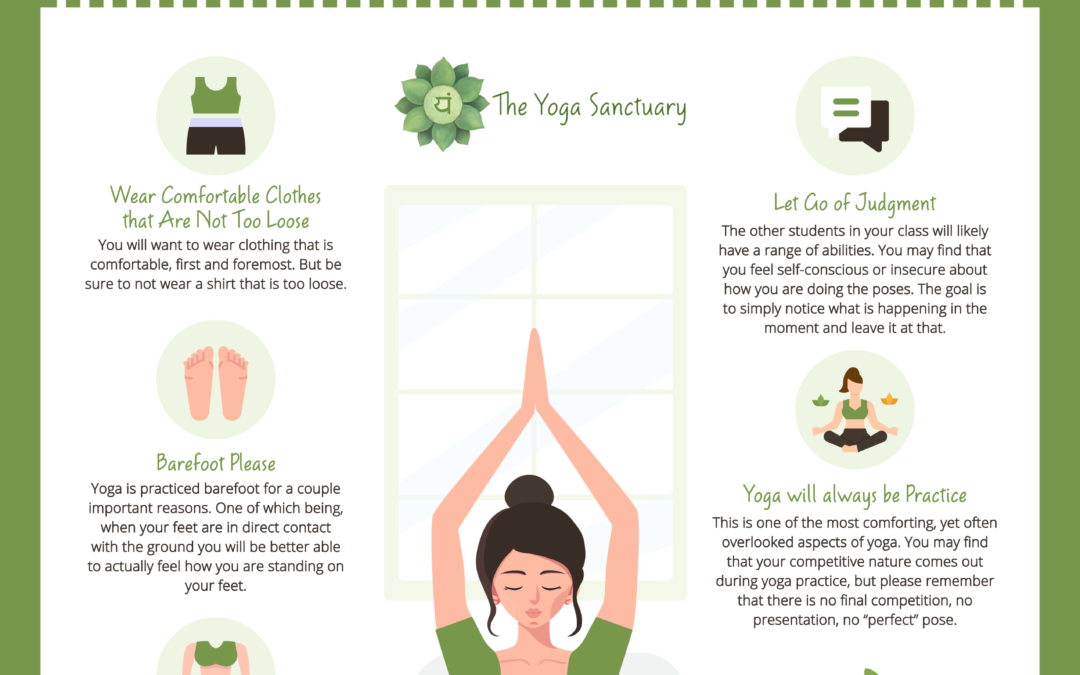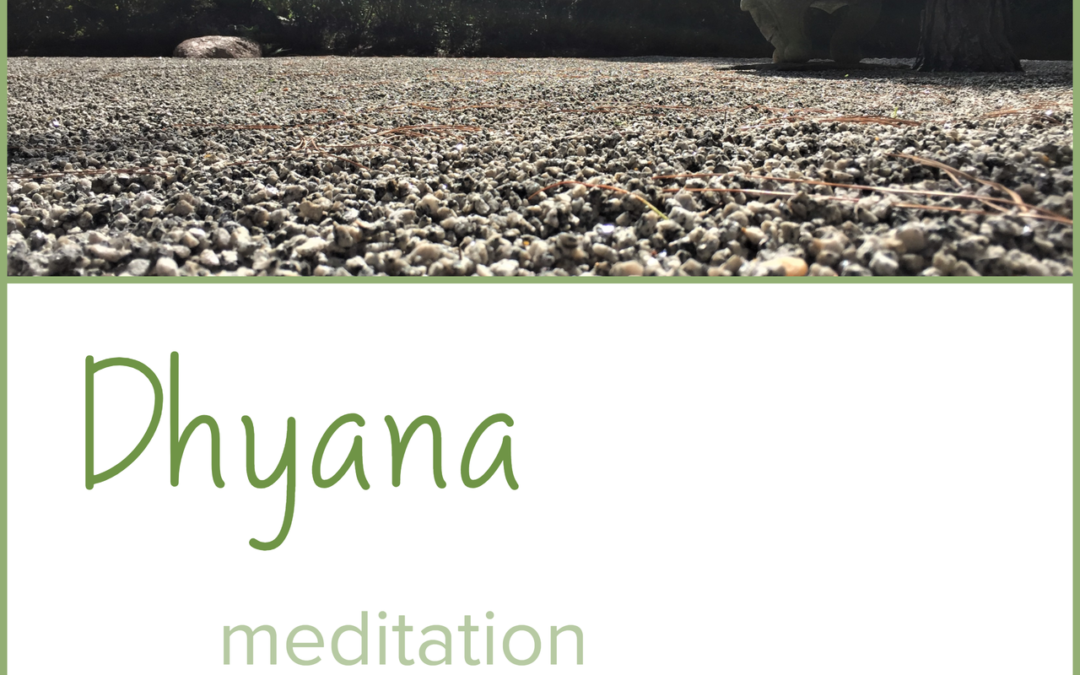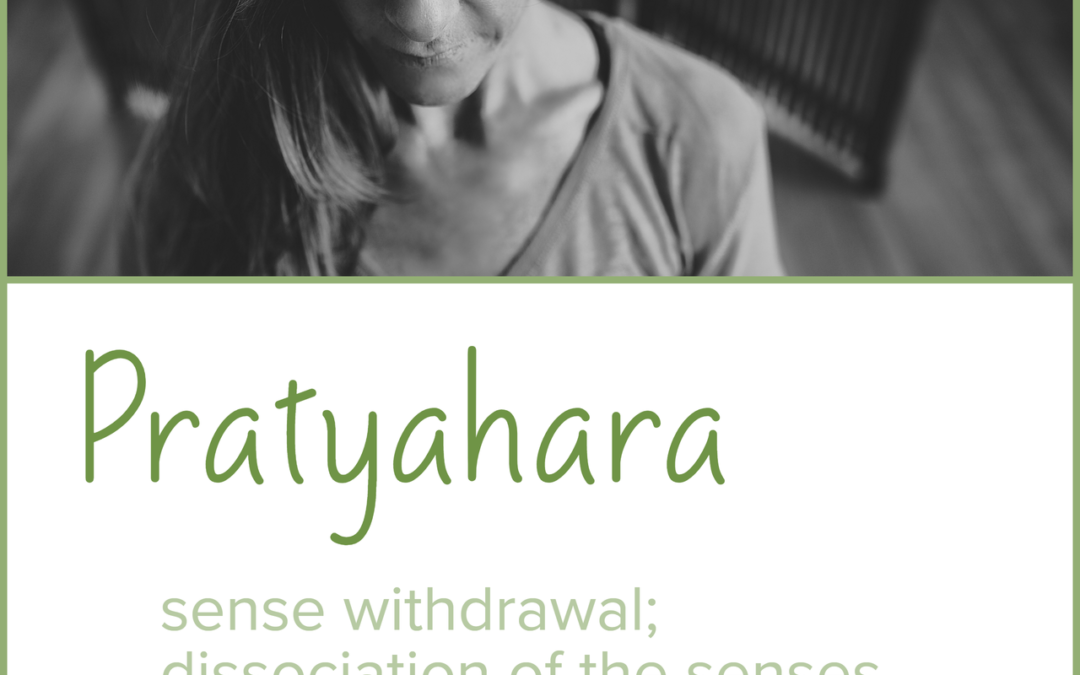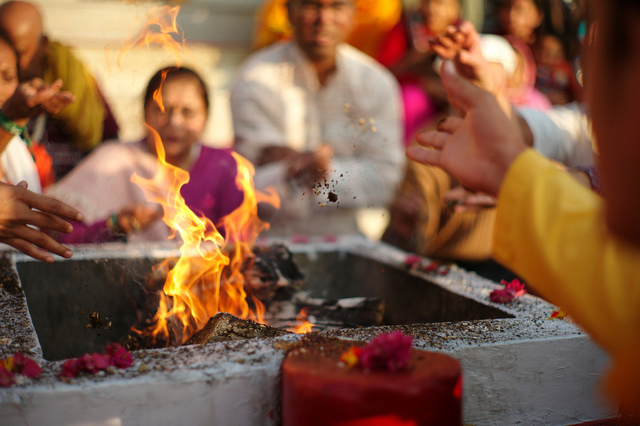I remember the first time I seriously considered yoga teacher training. It seems like a lifetime ago. Yet I can easily conjure up the feelings I had, the curiosity, the excitement, the doubt—so much doubt…. “Should I or shouldn’t I apply for the teacher training program?” “Am I good enough, capable enough?” “It’s a long, long drive for such a big commitment.” “Can I financially afford this right now?” etc. But my future husband kept at me, “Quit doubting yourself. Just go for it!” So—eventually—I did…









